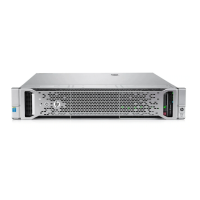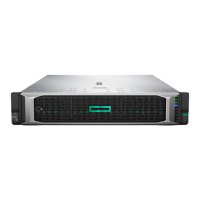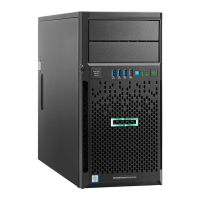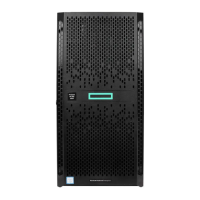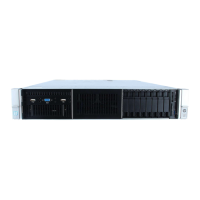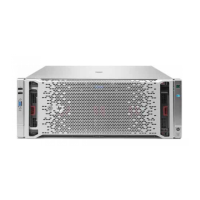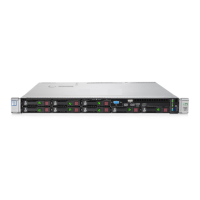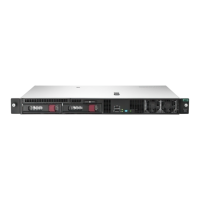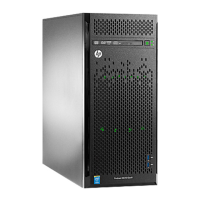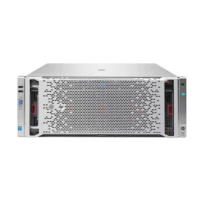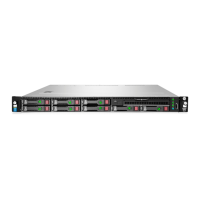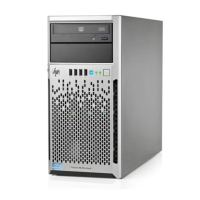To disable VID, reboot the server and press F9 during POST to access RBSU or UEFI System
Utilities.
• In the RBSU, navigate to Advanced Options > Advanced System ROM Options > Virtual Install
Disk.
• In the UEFI System Utilities, navigate to System Configuration > ROM-Based Setup Utility
(RBSU) > Advanced Options > Advanced System ROM Options > Virtual Install Disk.
In all Linux environments, add linux dd on the command line to provide a driver location only when
installing the OS in special storage devices such as iSCSI and FC LUNs.
In Red Hat Enterprise Linux 6 installations with a SATA controller, the selected Install Target Device
must be a drive connected to the lowest bay number.
The following table contains information about Linux boot driver parameters.
Linux edition Issue Solution Example
SUSE Linux
Enterprise Server
Because of a
naming convention
conflict between
SUSE Linux
Enterprise Server
11 SP1 and SP2,
the SP2 drivers are
located in a
directory that the
SUSE installer does
not see.
To access the SP2
drivers in the VID,
include the updatedir
kernel parameter for
the appropriate OS.
updatedir=
/linux/suse/i386–
sles11.2broken_modules=ahc
i for sles10 and sles11
Red Hat
Enterprise Linux
6, U3
The non-RAID AHCI
driver attempts to
attach to the HPE
Dynamic Smart
Array B120i
Controller,
preventing logical
drive recognition.
Enter the following
boot parameters to
prevent the driver
from taking over the
controller.
blacklist=ahci for rhel6
3. Select the source media from which you are installing the OS. Media types include:
• Disc (default)—A standard bootable OS DVD/CD-ROM media, and virtual media through iLO
• Network share—The network share that contains the OS installation files
• FTP—The FTP server that contains OS installation files.
• USB— The USB flash drive that contains the OS installation files
NOTE:
Both exFAT and FAT-formatted USB drives are supported.
4. If you are installing from a CD/DVD disk or USB drive, insert the media.
5. Click the Continue right arrow to go to the next screen, which varies, depending on the media type.
22 Using Intelligent Provisioning
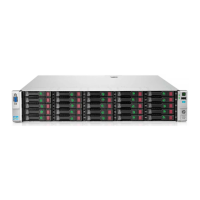
